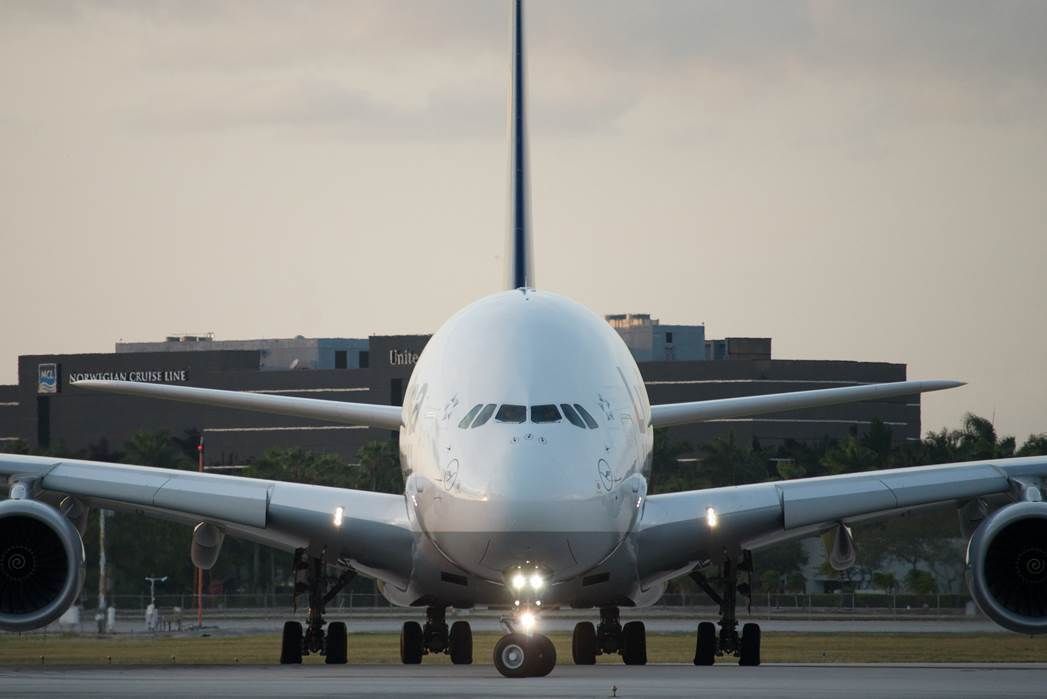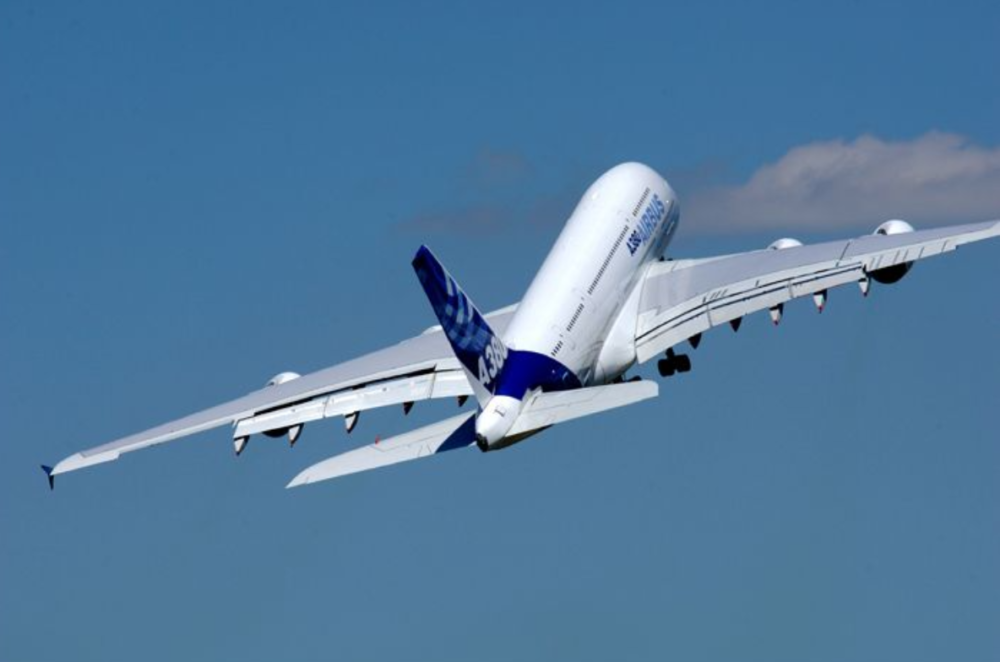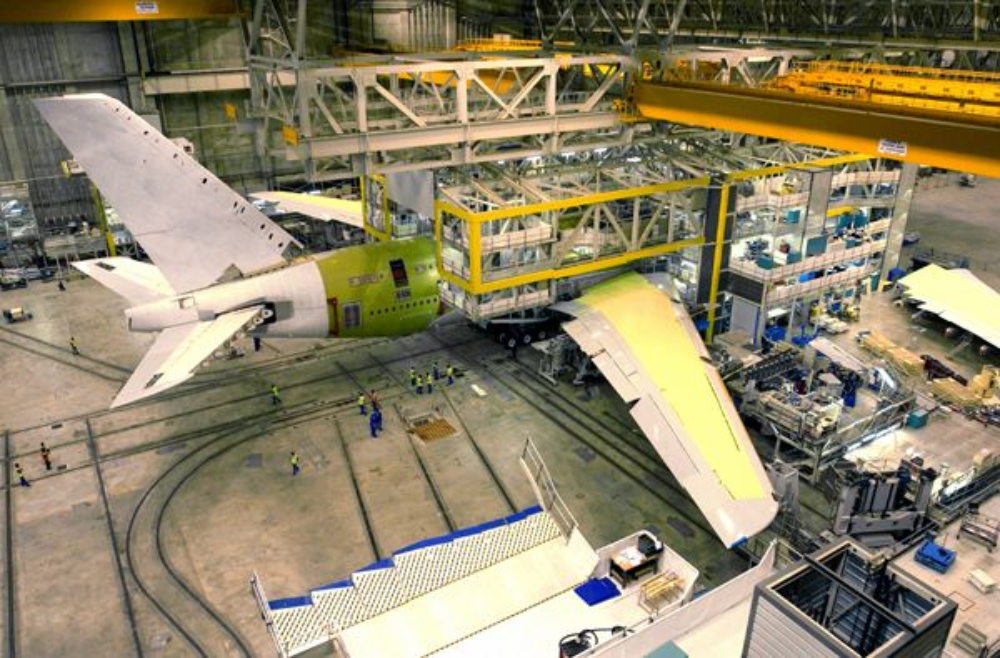With Airbus shutting down production of the A380 after less than two decades of output, it's easy to have the benefit of hindsight when contemplating why the mega jumbo never really took off. Problems arose not just convincing airlines to buy the plane, but in the plane's initial manufacturing process.
There's a fascinating story of how a seemingly small and easily surmountable software problem snowballed into a monster problem at Airbus back in the early noughties. It's a story of rivalries, pig headedness, and human fallibility.
Stay informed: Sign up for our daily aviation news digest.
The creation of Airbus brought together four separate cultures and languages
Everyone knows that Airbus was set up in the early 1970s in a pan-European move to challenge Boeing's might. France, Germany, Spain, and the United Kingdom teamed up to create Airbus. Four countries, four distinct languages.
Right away, there were rivalries and turf wars between the four countries. Well into the 1990s, Airbus acted as kind of an umbrella brand. Each of the four countries would play a role in building a plane without really sharing much in the way of information. Each of the four countries did their bit but operated autonomously with different systems and processes, including IT. In the mid-1990s, when Airbus decided to bring the players together under one roof in Toulouse, it brought together four IT systems that didn't talk to each other.
The A380 was already on the Airbus horizon. But to build the big plane, Airbus needed everyone co-operating, onboard, and in one place.
Incompatible software and IT process never got addressed at Airbus
Straight away, there were problems. German and Spanish engineers used software that wasn't compatible with what the French and British engineers used. So the Germans couldn't add design changes to a 3D digital mockup of the A380 in Toulouse, and different design versions came to be in use simultaneously.
It seems a little thing, but it caused delays early on, particularly as the engineers worked to overcome challenging electrical wiring problems. The A380 is a big and complex plane. It is equipped with 100,000 different wires, totaling 530 kilometers in length, that perform 1,150 separate functions.
The New York Times reported that in 2004, after installing thousands of veins of copper and aluminum wire around the walls and floor panels of the airframes, Airbus discovered the wiring was too short. This is just one example of problems caused by a lack of uniform design software at Airbus that contributed to its initial A380 production delays.
"Everything had to be ripped out and replaced from scratch," one employee told the newspaper.
A tight timeframe for the A380 and a cascading series of problems
When the ambitious A380 project began in 2000, the first plane was due to be delivered in 2006. Six years sounds like a long time, but it isn't long for a program like the A380. The first test flight took place in April 2005. But by then, the IT-related problems were cascading at Airbus. Soon after, as problems began to bite at Airbus, the manufacturer announced a series of delays. It wasn't until October 2007 that launch customer Singapore Airlines carried their first fare-paying passengers on an A380.
The New York Times points to personal and cultural rivalries at Airbus contributing to a siloed workplace and a lack of willingness at the top levels to deal with the issues. Incompatible software is a little thing that can be resolved at the outset. However, Airbus never saw a reason to do so. This is one reason why the launch of the A380 was delayed. That delay was one reason why the A380 never truly synced with the times across the broader aviation industry.
Airbus would never say the A380 flopped, but Airbus certainly made sure its path to success would be a hard one.



